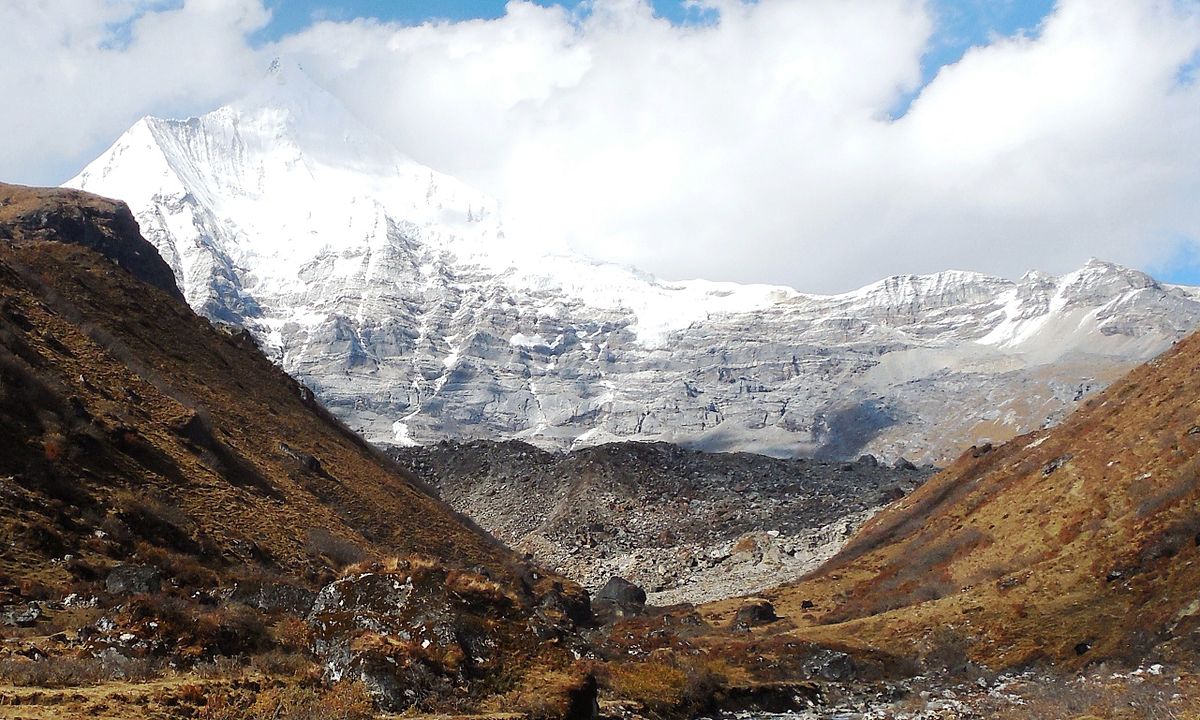Introduction to Bhutan’s Mountain Majesty:

Nestled in the Eastern Himalayas between China and India, Bhutan is a culturally rich and geographically diverse country renowned for its pristine landscapes and towering mountains. Protected from foreign influence for much of its history, Bhutan boasts unspoiled natural beauty and a unique cultural heritage. From snow-capped peaks to lush valleys, Bhutan’s mountains offer a mesmerizing backdrop to the country’s rich tapestry of tradition and spirituality.
Bhutan’s Unique Architecture and Biodiversity:

The architecture of Bhutan reflects its rich cultural heritage, with traditional buildings characterized by intricate woodwork and stonework, often constructed without the use of nails or iron bars. This traditional approach to construction has helped preserve Bhutan’s architectural heritage and contributes to the country’s unique charm.
In addition to its cultural richness, Bhutan is also renowned for its biodiversity and conservation efforts. With over 5,400 species of plants and a diverse array of exotic animals, Bhutan is a haven for nature enthusiasts. The government’s commitment to conservation has helped protect the country’s natural habitats and ensure the preservation of its wildlife for future generations.
Best Time to Visit Bhutan’s Mountains:

Bhutan experiences diverse weather patterns and seasons throughout the year, making it important for travelers to plan their visit accordingly. From January to February, the weather is cold, with some regions experiencing snowfall. March to May brings the spring season, with favorable weather and beautiful flowers blooming across the valley. June and July see heavy rainfall, making it less ideal for visiting. September to December is considered the best time to visit Bhutan, with comfortable weather for trekking and clear mountain air.
Planning Your Visit to Bhutan’s Mountains:

When preparing for a journey to Bhutan, it’s essential to take into account several critical factors.. For residents of India, Bangladesh, and Maldives, no visa is required, but a valid passport is necessary. For visitors from other countries, a visa clearance and fee ranging from $200 to $250 per day are required. It is also recommended to book a tour guide to facilitate movement within the country and ensure a smooth and enjoyable experience.
Top 10 Bhutanese Mountains to Explore:
1. Gangkhar Puensum:

Standing at 24,836 feet, Gangkhar Puensum is the highest unclimbed mountain in the world. Located on the border of China, this majestic peak offers stunning views of the surrounding valley. Trekking from Thimphu towards Bamurpa provides a glimpse of this awe-inspiring mountain and the vast landscapes it overlooks.
2. Jomolhari:

Known as “the bride of Kangchenjunga,” Jomolhari is one of Bhutan’s most iconic peaks. Standing at 24,035 feet, this snow-capped mountain is a popular destination for trekking and offers breathtaking views of the Himalayas.
3. Mount Jitchu Drake:

Named after the protective deity of Paro Valley, Mount Jitchu Drake is another prominent peak in Bhutan. Rising to a height of 22,841 feet, this majestic mountain is revered by locals and trekkers alike for its stunning beauty and spiritual significance.
4. Chomolhari Range:

The Chomolhari Range is a subrange of the Himalayas located in western Bhutan. Home to several peaks exceeding 20,000 feet, including Jomolhari and Jitchu Drake, this range offers unparalleled opportunities for trekking and mountaineering.
5. Tongshanjiabu:

Tongshanjiabu, also known as Tiger Mountain, is a striking peak located in eastern Bhutan. Standing at 22,437 feet, this mountain is revered for its natural beauty and cultural significance, with many local legends and myths associated with it.
6. Mount Masang Gang:

Mount Masang Gang is one of the highest peaks in Bhutan, reaching an elevation of 23,661 feet. Located in the Gasa District, this majestic mountain is a popular destination for trekking and offers stunning views of the surrounding landscape.
7. Table Mountain:

Table Mountain is a distinctive peak located in central Bhutan, near the town of Trongsa. Named for its flat, table-like summit, this mountain offers breathtaking views of the surrounding valleys and is a popular destination for hiking and photography.
8. Mount Gangkar Puensum:

Mount Gangkar Puensum is the highest peak in Bhutan, towering at 24,836 feet. Located in the remote region of northern Bhutan, this imposing mountain is revered by locals and trekkers alike for its rugged beauty and spiritual significance.
9. Mount Jichu Drake:

Mount Jichu Drake is a prominent peak in Bhutan, standing at 22,941 feet. Located in the Jomolhari region, this majestic mountain is a popular destination for trekking and offers stunning views of the surrounding landscape.
10. Mount Tsheringma:

Mount Tsheringma is a sacred peak located in central Bhutan, near the town of Bumthang. Rising to an elevation of 23,016 feet, this majestic mountain is revered by locals for its spiritual significance and natural beauty.
Conclusion:
From the towering peaks of Gangkhar Puensum to the serene beauty of Mount Tsheringma, Bhutan’s mountains offer a mesmerizing glimpse into the country’s rich cultural and natural heritage. Whether trekking through remote valleys or admiring the views from afar, exploring Bhutan’s majestic mountains is an unforgettable experience that leaves a lasting impression on travelers from around the world.

